Black & Decker BEST935 13-inch string trimmer review: a budget trimmer
This low-cost corded trimmer is good enough to handle lawn edging and the odd weed but lacks the power for wilder spaces.
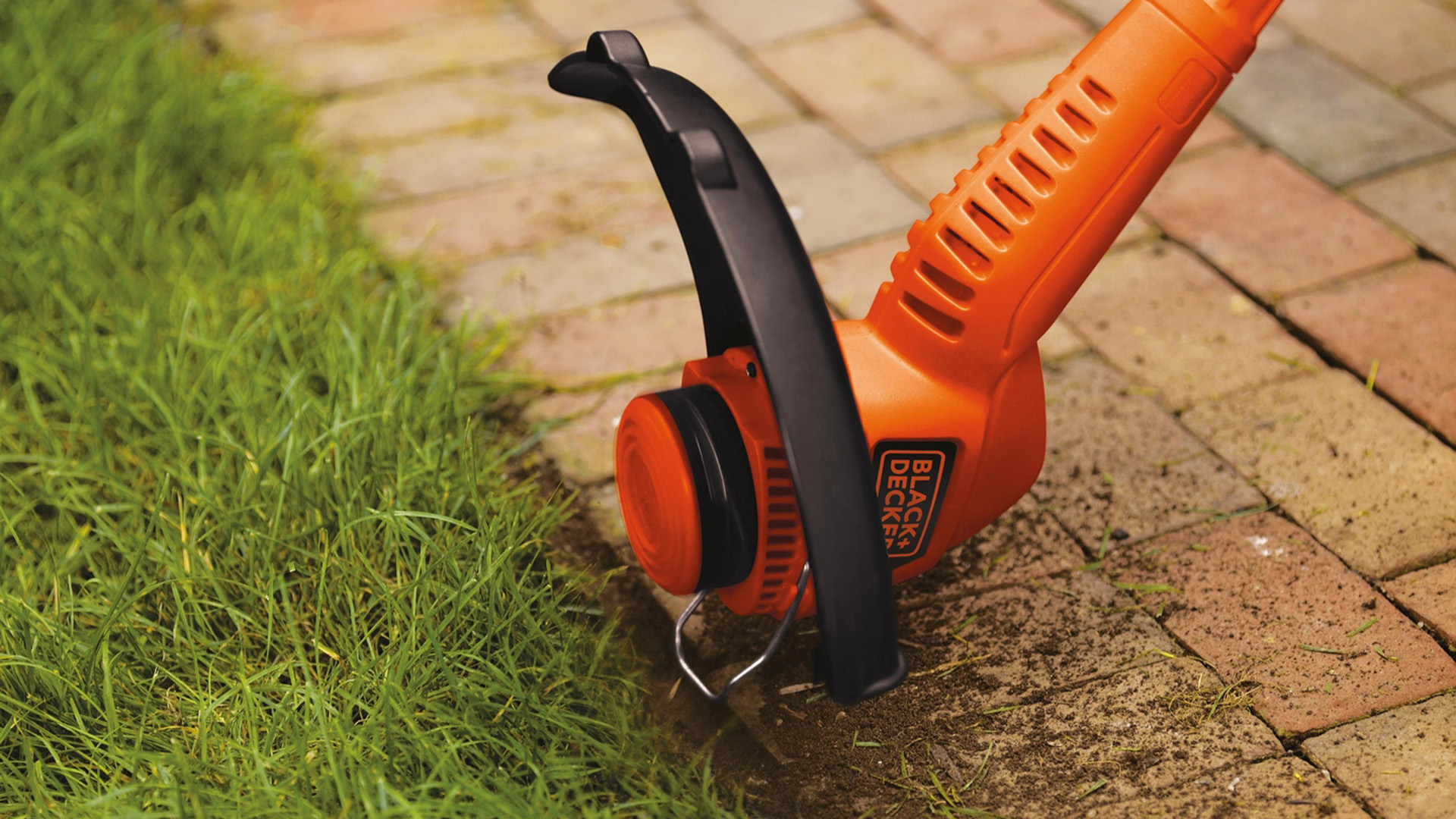
The Black & Decker BEST935 is a simple, low-cost trimmer that is powerful enough for light work, as long as you don’t mind dragging the power cable behind you.
-
+
Low cost, decent performer
-
+
Light, portable device
-
-
Smaller cutting width than most
-
-
A shorter shaft means a shorter reach
-
-
Requires power cable
Why you can trust T3

Want to hack back the foliage without laying out much cash? The Black & Decker BEST935 string trimmer is the one for you. Priced at less than $38, this is a decent strimmer for the money, capable of cutting through light foliage without problems. It can’t handle heavier plants, though, and it has one thing that holds it back – literally. It requires a power cable to work, which gets in the way, can get damaged, and is generally just a pain to drag around behind you. But if you have a small yard and a power cable that can reach all of it, then it’s a decent pick for light trimming.
Black & Decker BEST935 string trimmer review: design and build quality
The Black & Decker BEST935 is a small, light trimmer that feels reasonably robust, but plasticky and cheaply constructed. It’s simple to put together: just unfold the shaft and push it into the retaining clips, then attach the single screw that holds the protective shield into place. It weighs less than 6lbs (2.7kg) but is somewhat shorter than most, at just 23.4 inches – it also has a smaller 13-inch cutting diameter. It feels comfortable to use, but the shorter shaft means that you don’t get that much reach. You can’t push the head into a rough patch of plants to start the trimming higher up. An orange button on the trimmer had allows you to rotate the head so that it cuts vertically, which makes for more comfortable lawn edging and precise cutting.
The power cable plugs into the back of the head of the trimmer, with a clip inside the handle that stops you from pulling the cable out. You’ll need to use a fairly beefy extension cable: the motor can draw up to 4 amps, which could be too much for a lightweight cable. It should be rated for at least 4 amps and should be long enough to reach all around your yard. If you have a large yard, that might cost as much as this trimmer itself.
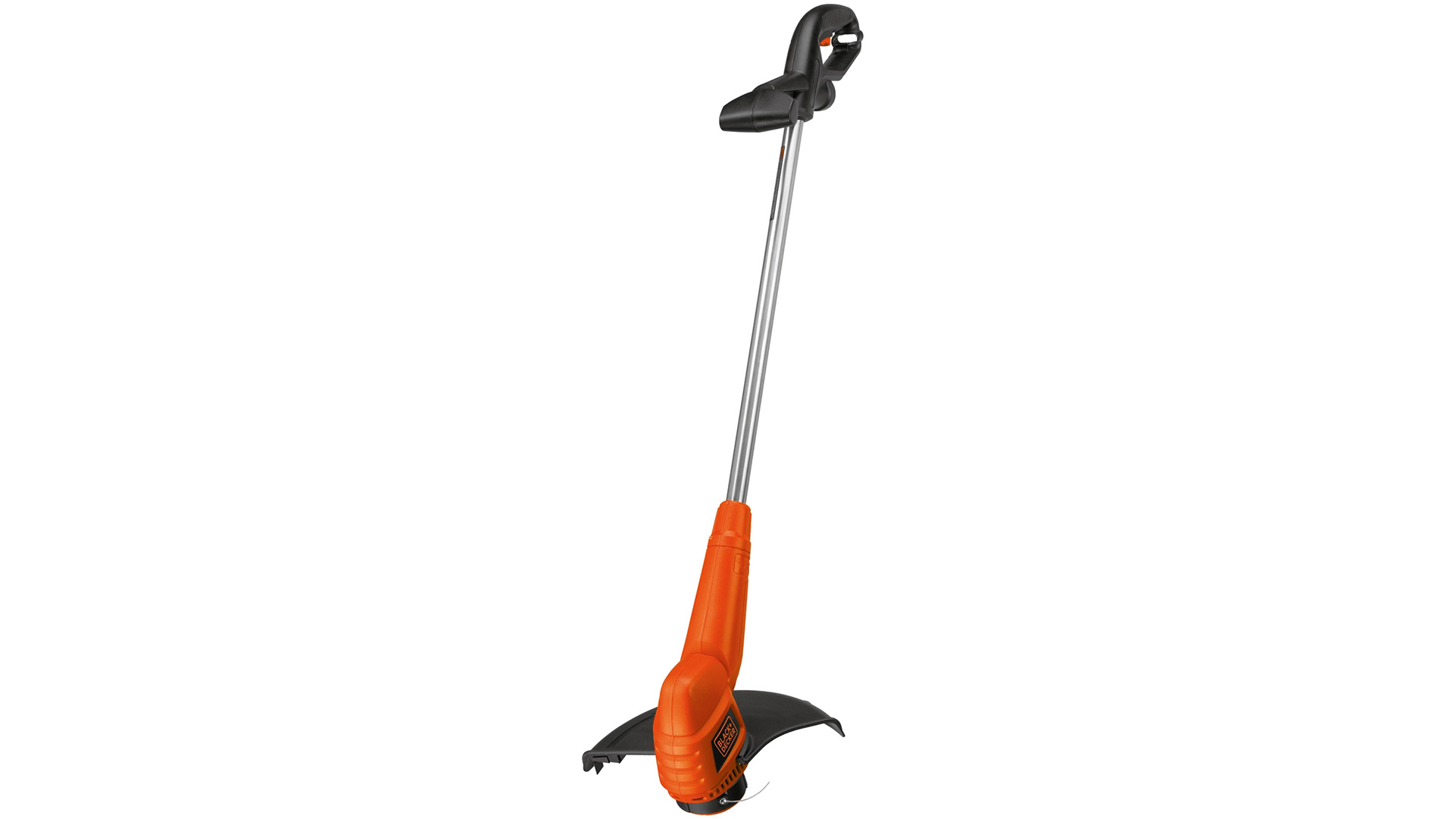
Black & Decker BEST935 string trimmer review: performance and accessories
I found the Black & Decker BEST935 to be easy to use on light foliage, but it couldn’t handle heavier work. It is fine for trimming grass and the odd weed, plus tasks like edging and trimming plant heads, but it choked on heavier growth and plant stems thicker than a quarter of an inch or so.
There is no speed control on this trimmer. The trigger under the handle turns the motor on or off. You do get some degree of control as the motor takes a few seconds to spin up to full speed, though, so you can pulse it for a lighter cut. There is also no safety switch or control, but the button takes a fair amount of pressure to engage and is located inside the handle, so it is not likely to be triggered accidentally.
Most string trimmers use a bump system to let out more line when needed – you bump the bottom of the head on the ground and that releases the spool, letting more line come out. The BEST935 uses a continuous feed system instead, which means that the line is automatically let out when it breaks. That’s definitely easy to use, but it can also be too easy: if you are accidentally trying to trim something that breaks the line (like a rock or a fence post), the line will keep feeding out to replace the lost line without you realizing. That makes it easy to use more line than you realize.
That’s a bad thing as you have to load the line yourself. After disconnecting the power, you press two clips to remove the base of the head, then remove the spool. You must then manually wind the new line onto the spool, feed the line through the outlet hole and replace the spool and screw the cover back on, always being careful that the line does not become tangled or pop out of the outlet hole. It’s more of a pain than a problem, but it is a lot more hassle than the more sophisticated loading systems of the more expensive models.
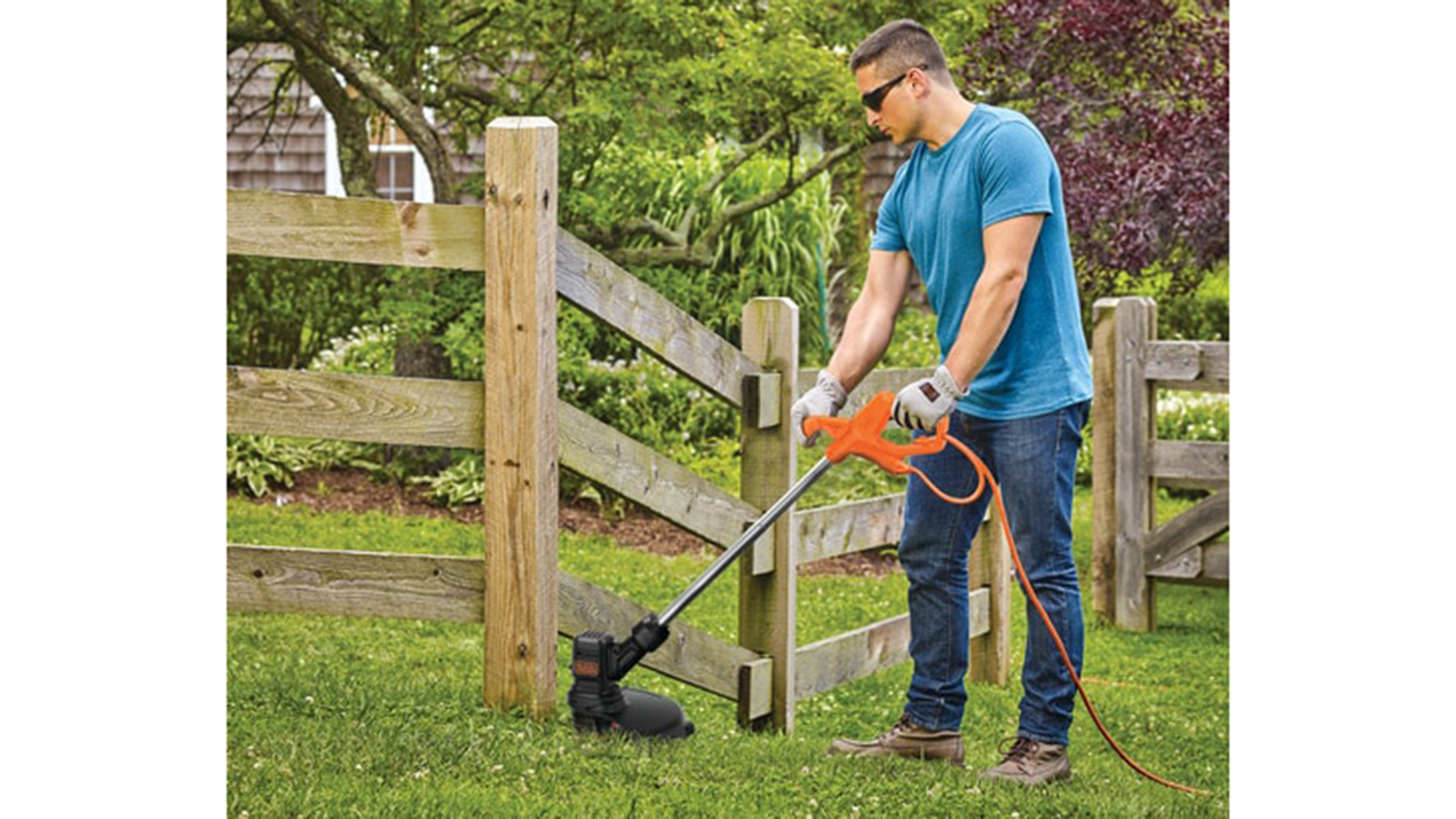
Black & Decker BEST935 string trimmer review: verdict
Sometimes all you need is a simple, straightforward tool to do the job. If all you need is to trim the odd weed and edge the lawn, the Black & Decker Best 935 is enough for the job. However, if you are tackling larger patches of weeds (or individual weeds with stems thicker than a quarter of an inch), you would be better off getting something with a bit more power.
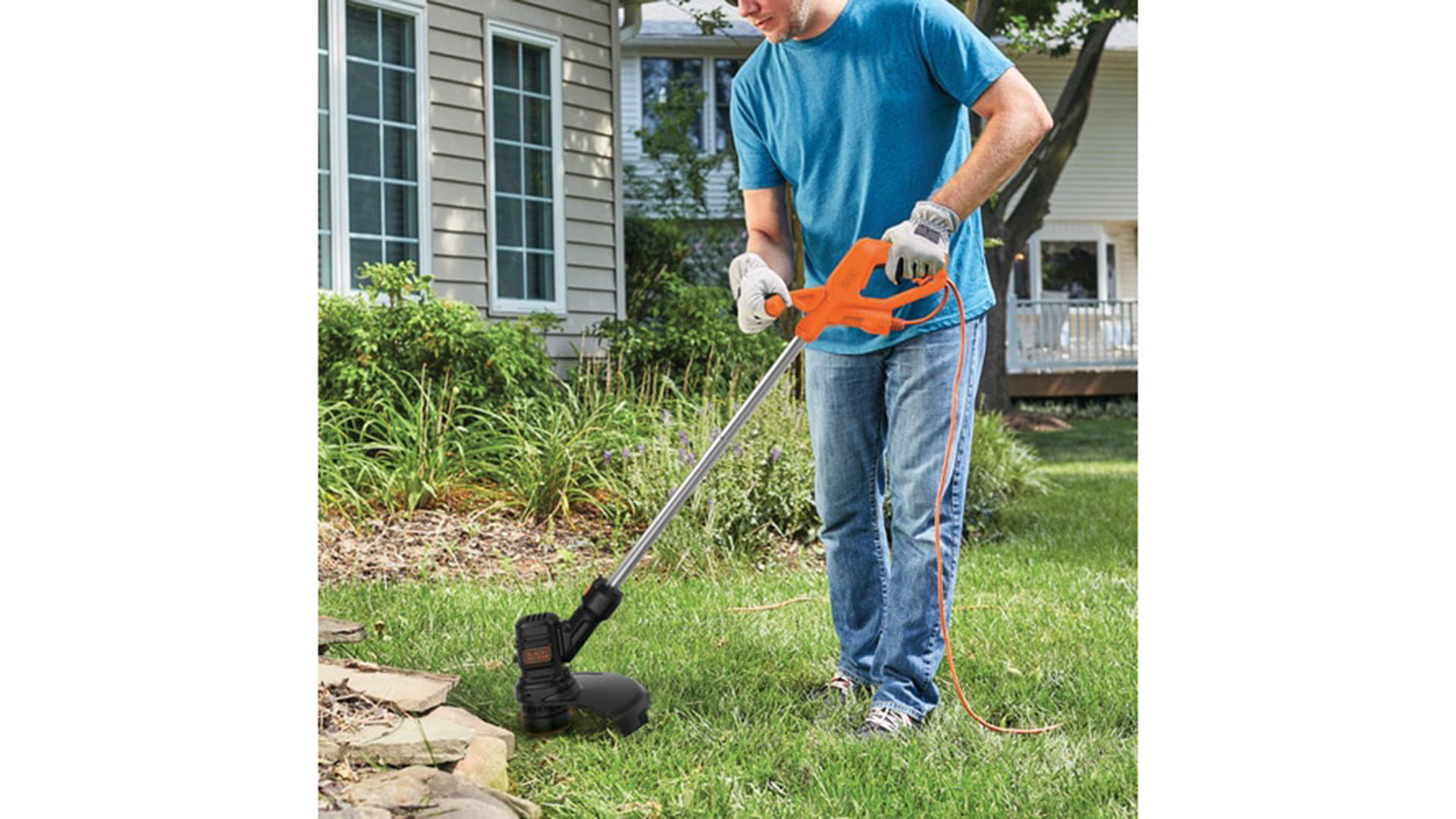
Sign up to the T3 newsletter for smarter living straight to your inbox
Get all the latest news, reviews, deals and buying guides on gorgeous tech, home and active products from the T3 experts
Richard Baguley has been writing about technology since the 1990s, when he left a promising career in high finance to work on Amiga Format magazine for Future. It has been downhill for him ever since, writing for publications such as PC World, Wired and Reviewed.com. He has tested gadgets as diverse as 3D printers to washing machines. For T3, he covers laptops, smartphones, and many other topics. He lives near Boston in the USA with his wife, one dog, and an indeterminate number of cats.
-
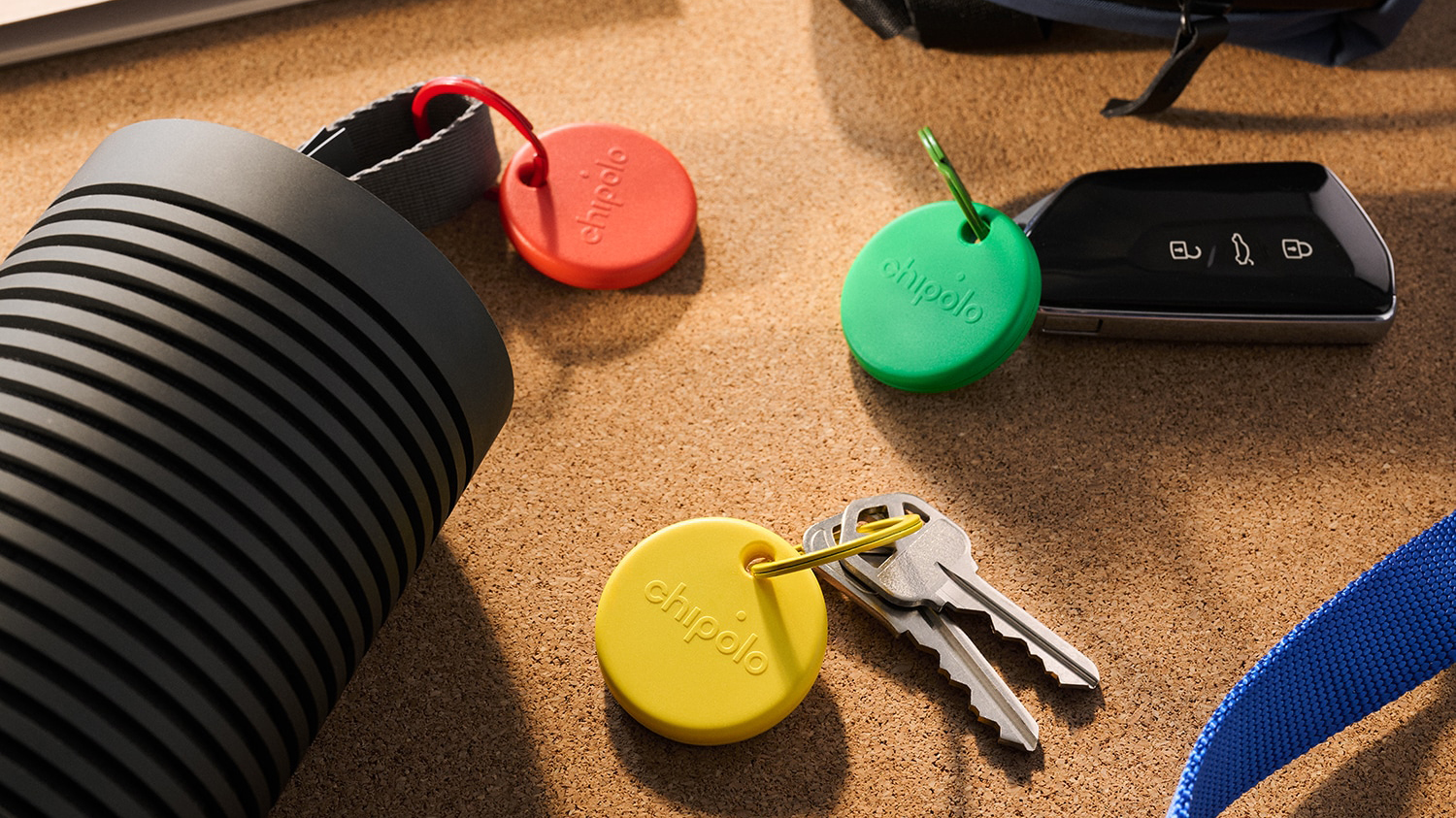 Forget AirTag, Chipolo's new Bluetooth tracker adds a dash of colour
Forget AirTag, Chipolo's new Bluetooth tracker adds a dash of colourChipolo's Pop tracker works with both Apple's Find My and Google's Find My Device – so you can track whichever platform you're using
By Mike Lowe Published
-
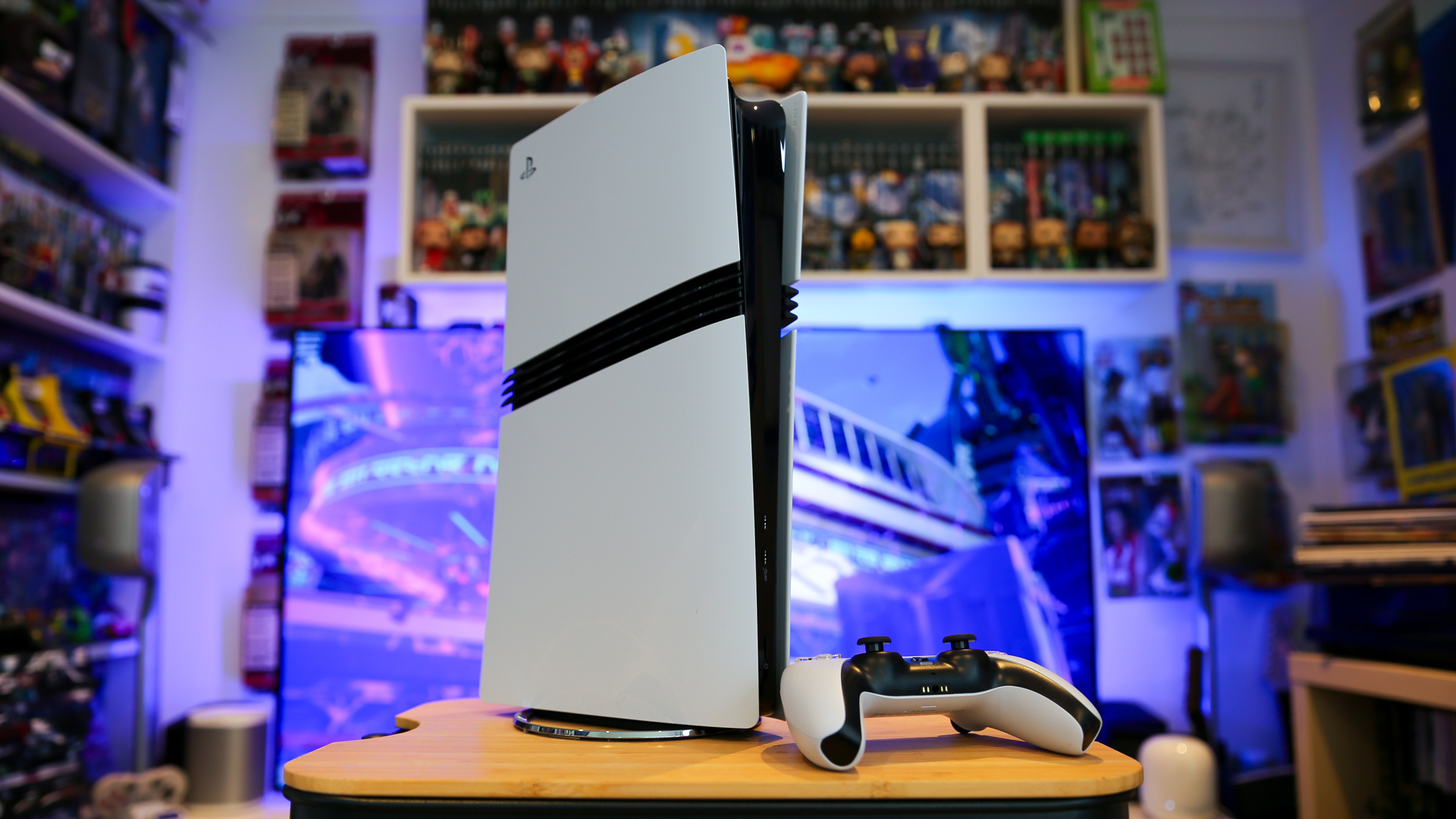 The 5 luxury PS5 Pro accessories I can't live without – How to upgrade your PlayStation in style
The 5 luxury PS5 Pro accessories I can't live without – How to upgrade your PlayStation in styleIf you want a better experience for your PS5 Pro, you need these luxury upgrades
By Max Freeman-Mills Published
-
 This is the sound of BMW's upcoming Neue Klasse EVs
This is the sound of BMW's upcoming Neue Klasse EVsHas BMW cracked the problem of making EVs sound fun with its next-gen soundscape for its Neue Klasse cars
By Alistair Charlton Published